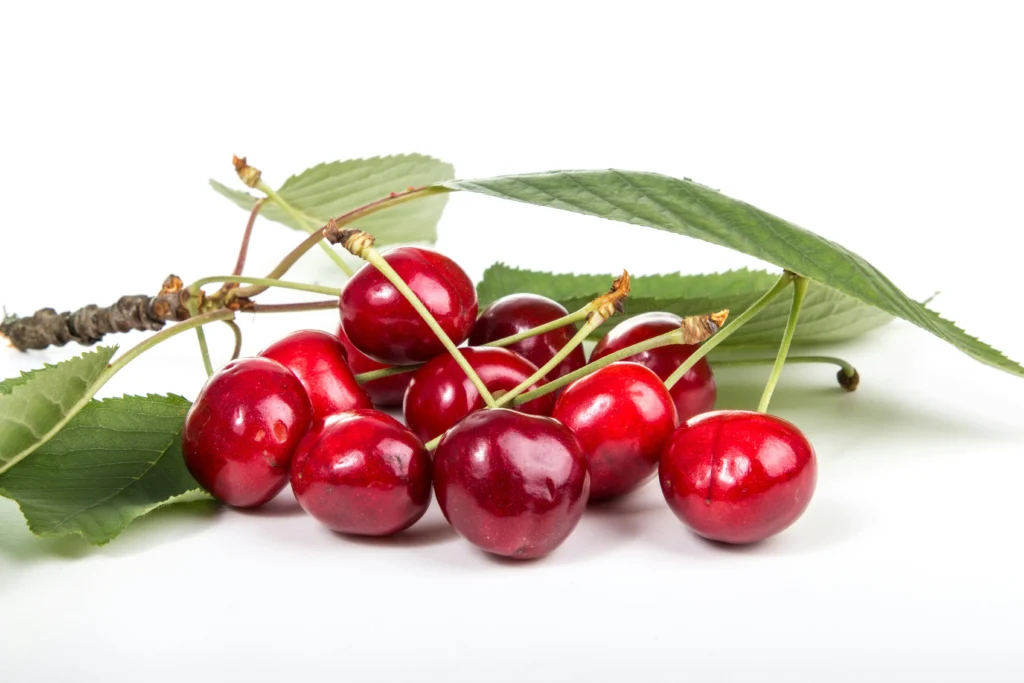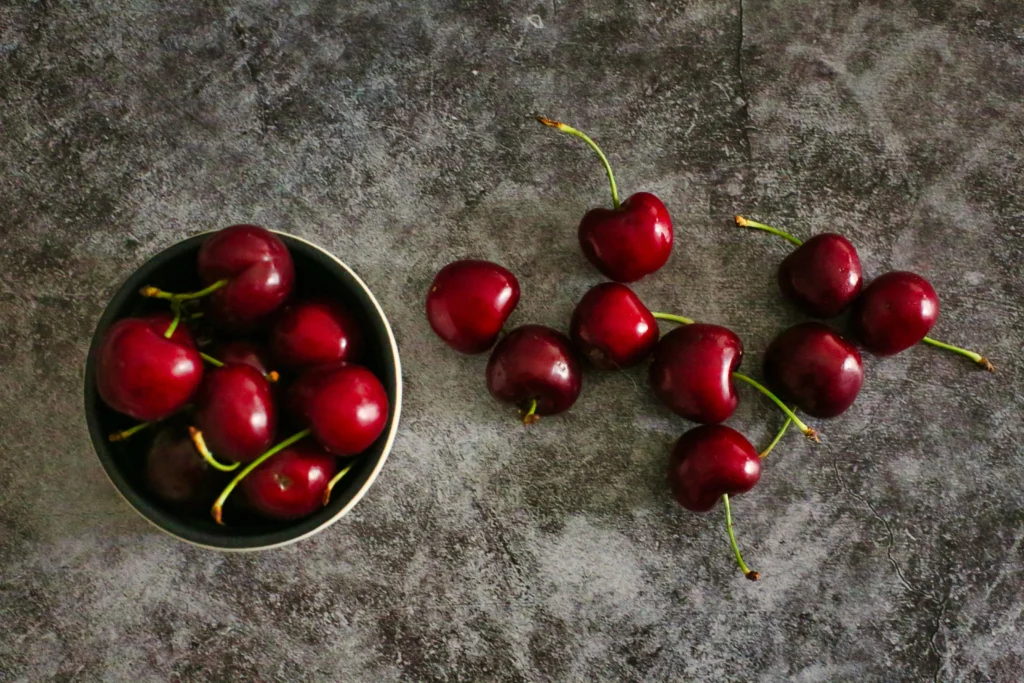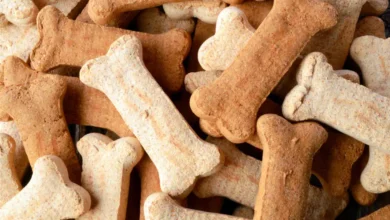Can Dogs Eat Cherries?

Picture this: you’re enjoying a bowl of fresh cherries on a summer afternoon, and your furry companion gazes up with those pleading eyes. It’s tempting to share, but that split-second decision could hide risks you’ve never considered. While these juicy fruits seem harmless, the truth about feeding them to pets isn’t so simple.
Cherries contain natural sugars and vitamins that might appear healthy. However, their pits, stems, and leaves hold a hidden danger—cyanide. Even small amounts of this toxin can cause serious harm. The flesh itself isn’t toxic, but one accidental swallow of a pit could lead to vomiting, breathing difficulties, or worse.
Preparation matters, too. Removing every stem and pit is crucial if you choose to offer this treat. Maraschino varieties add another layer of risk due to their high sugar content and artificial additives. Always consult your vet before introducing new foods, especially those with potential hazards.
Understanding the Risks of Cherries for Your Dog

While sharing snacks with your furry companion seems harmless, certain fruits hide dangers beneath their sweet surfaces. Before offering that juicy treat, it’s critical to know which parts pose threats—and why.
Cherry Pits and Cyanide Poisoning
Every cherry pit contains amygdalin, a compound that releases cyanide when crushed or digested. Stems and leaves also carry this toxin. Even one swallowed pit can trigger:
- Dilated pupils or bright red gums
- Rapid breathing or panting
- Weakness or collapse
These symptoms demand immediate veterinary care. Pits also risk choking or intestinal blockages, especially in smaller pets.
High Sugar Content and Dietary Concerns
The flesh itself isn’t toxic but packs natural sugars. Overconsumption may cause:
- Upset stomachs or diarrhea
- Weight gain over time
- Blood sugar spikes in diabetic animals
Processed varieties like maraschino cherries add artificial sweeteners, worsening these risks. Always prioritize vet-approved treats tailored to your pet’s health needs.
Nutritional Benefits and Potential Drawbacks
Balancing treats with safety requires understanding both sides of the equation. The soft flesh of cherries offers nutrients that could support wellness, but hidden pitfalls demand equal attention.
Health Benefits of Cherry Flesh
Cherry flesh delivers antioxidants like vitamin C, which combat cell damage and boost immunity. Studies show these compounds may reduce inflammation, particularly in aging pets. The fruit’s high water content also provides hydration during warmer months.
Low-calorie portions make it suitable for weight-conscious diets when served sparingly. Natural fiber aids digestion, promoting regular bowel movements without added fillers.
When Nutrients Become a Problem
Too much of a good thing applies here. Excessive fiber can overwhelm sensitive stomachs, leading to diarrhea or bloating. Sugar content—though natural—might spike blood glucose levels in diabetic animals.
Small breeds face higher risks due to their size. Even nutrient-rich foods become hazardous if portions aren’t controlled. Always prioritize vet guidance over assumptions about “healthy” human snacks.
Dogs Eat Cherries: How to Safely Feed Your Furry Friend

Every treat you offer should pass a safety checklist before reaching their bowl. Proper preparation eliminates hidden dangers while preserving the fruit’s benefits.
Step-by-Step Preparation Guide
Start with fresh, raw cherries—never maraschino or canned varieties. Follow these steps:
- Wash thoroughly to remove pesticides
- Twist off stems and discard
- Slice flesh away from pits using a paring knife
- Chop fruit into pea-sized pieces
Double-check for stray pits or leaf fragments. Even one oversight could lead to intestinal blockages or cyanide exposure.
Tailored Portion Control
Size determines safe amounts. Use this general guide:
| Weight Range | Max Portion | Frequency |
|---|---|---|
| Under 20 lbs | 1-2 pieces | Weekly |
| 20-50 lbs | 3-4 pieces | Biweekly |
| Over 50 lbs | 5-6 pieces | Monthly |
Small breeds face higher choking risks, so cut pieces smaller than their kibble. Always discuss dietary changes with your veterinarian—they’ll adjust portions based on health history.
Remember: cherries should never replace balanced meals. Use them sparingly as occasional rewards, and monitor for adverse reactions like vomiting or lethargy.
How to Incorporate Cherries into a Balanced Dog Diet
When planning snacks for your pet, moderation and preparation are key. These fruits can add variety to meals but require careful handling to avoid health pitfalls. Start by treating them as supplements—not staples—to maintain nutritional balance.
Integrating Cherries Safely into Meals
Mix de-pitted flesh into regular food as a flavor booster. Try these ideas:
- Chop into tiny pieces and sprinkle over kibble
- Blend with plain yogurt for frozen summer treats
- Combine with pumpkin puree for fiber-rich snacks
Always keep fruit portions below 10% of daily calories. For a 30-pound pet, this equals about 2–3 cherry halves.
Guidelines for Using Cherries as Occasional Treats
Pets with weight issues or diabetes need stricter limits. The natural sugars can disrupt blood glucose levels. Consider lower-calorie options like blueberries if sugar intake becomes a concern.
| Weight Range | Safe Serving Size | Alternative Snack |
|---|---|---|
| Under 15 lbs | 1 piece | Blueberries (2–3) |
| 15–40 lbs | 2–3 pieces | Sliced apples |
| Over 40 lbs | 4 pieces | Watermelon cubes |
Never offer processed varieties or canned fruits. Stick to fresh, thoroughly cleaned produce. Pair treats with regular exercise to offset calorie intake and discuss dietary changes with your vet first.
Recognizing and Responding to Signs of Cherry Poisoning
Time plays a critical role when toxins enter your pet’s system. Knowing what to watch for—and when to act—could mean the difference between a close call and a catastrophe.
Common Symptoms of Cyanide Toxicity
Cyanide attacks oxygen transport in the bloodstream, causing visible distress. Watch for these warning signs within 15–20 minutes of ingestion:
- Labored breathing or gasping
- Bright red gums resembling lipstick
- Sudden weakness or inability to stand
- Dilated pupils or glassy-eyed appearance
Lethargy often escalates rapidly. One owner reported, “He went from playful to paralyzed in under an hour.”
When and How to Seek Veterinary Help
Immediate action is vital if you observe seizures, collapse, or unconsciousness. Follow this protocol:
| Symptom | Response Time | Emergency Steps |
|---|---|---|
| Vomiting | Within 30 mins | Call vet, collect sample |
| Convulsions | Immediate | Transport to clinic |
| Collapse | Instant | Perform CPR if trained |
Keep your clinic’s after-hours number saved in your phone. Document when and how much was consumed—this helps vets choose treatments like oxygen therapy or antidotes.
Monitor closely for 24 hours even if symptoms seem mild. Some toxicity effects develop gradually. Always err on the side of caution—delayed care worsens outcomes.
Alternative Dog-Friendly Fruits and Treats
Exploring safer snack options can keep your pet both happy and healthy. While cherries pose specific risks, other fruits offer similar nutrients without hidden dangers. Let’s dive into choices that balance flavor and safety.
Safer Fruit Options for Your Pet
These alternatives provide vitamins and fiber while minimizing risks:
- Apples (seedless): Rich in vitamin C and low-calorie—slice thinly to avoid choking hazards
- Blueberries: Packed with antioxidants that support cognitive health
- Bananas: High potassium content aids muscle function—serve in small chunks
- Blackberries: Fiber-rich and gentle on sensitive stomachs
Always remove seeds, stems, or pits. One veterinarian notes, “Natural snacks work best when prepared thoughtfully—size and texture matter.”
Benefits of a Varied Diet with Mixed Fruits
Rotating fruits prevents nutrient overload and keeps meals exciting. Unlike relying on one treat, diversity offers:
- Broader range of antioxidants to combat free radicals
- Lower risk of developing food sensitivities
- Balanced sugar intake compared to single-fruit routines
Stick to fresh, unprocessed options. Frozen blueberries make cooling summer bites, while baked apple slices satisfy chewers. For pets under 15 pounds, mash soft fruits into paste to eliminate choking hazards.
Related post: Can Dogs Eat Watermelon?
Conclusion
Choosing snacks for your pet requires careful thought—especially with fruits like cherries. While the fleshy part offers vitamins and antioxidants, every pit, stem, or leaf poses a toxic risk. Cyanide exposure from accidental ingestion can escalate quickly, demanding immediate action.
Preparation is non-negotiable. Serve only cherries without pits, thoroughly washed and chopped. Even then, limit portions to avoid sugar spikes or digestive issues. Smaller pets need extra caution—a single pit could block airways or intestines.
Watch for symptoms like bright red gums or labored breathing. These signal potential cyanide poisoning and require urgent veterinary care. When in doubt, opt for safer fruits like blueberries or apples to diversify your companion’s diet without hidden dangers.
Ultimately, consult your vet before introducing new foods. They’ll help balance health benefits against risks specific to your pet’s size and medical history. Prioritize safety over curiosity—your furry friend’s well-being depends on it.
FAQ
Are cherries safe for pets to consume?
The flesh of ripe cherries is generally safe in small amounts, but pits, stems, and leaves contain cyanide, which is toxic. Always remove these parts before offering any to your pet.
What makes the pits and stems dangerous?
They contain amygdalin, a compound that releases cyanide when digested. Even small quantities can cause poisoning, and pits also pose a choking or intestinal blockage risk.
Can the sugar in cherries harm my pet?
Yes. High sugar content may lead to weight gain or digestive upset, especially in pets with diabetes. Moderation is key—stick to occasional, pit-free servings.
Are there any health benefits to feeding cherries?
The flesh provides antioxidants, fiber, and vitamins like A and C. However, these nutrients should complement a balanced diet rather than replace core meals.
How should cherries be prepared for pets?
Wash thoroughly, remove all pits, stems, and leaves, and cut the flesh into small pieces. Avoid canned or processed varieties like maraschino cherries, which contain added sugars.
What serving size is appropriate?
For small breeds, 1–2 pieces occasionally. Larger pets can have slightly more, but never exceed 10% of their daily calorie intake from treats.
What symptoms indicate cyanide poisoning?
Watch for red gums, labored breathing, vomiting, or lethargy. Severe cases may involve seizures. Contact a vet immediately if these signs appear.
What fruits are safer alternatives?
Blueberries, apples (without seeds), and watermelon (seedless) are low-risk options. Always introduce new foods gradually to monitor reactions.
Can pets eat cherry-flavored products?
Avoid artificial cherry treats or syrups, as they often contain xylitol or excess sugar. Stick to fresh, unprocessed fruit in controlled portions.
What should I do if my pet swallows a pit?
Contact your vet immediately. They may recommend monitoring for blockages or inducing vomiting, depending on the size of your pet and how recently it was ingested.





